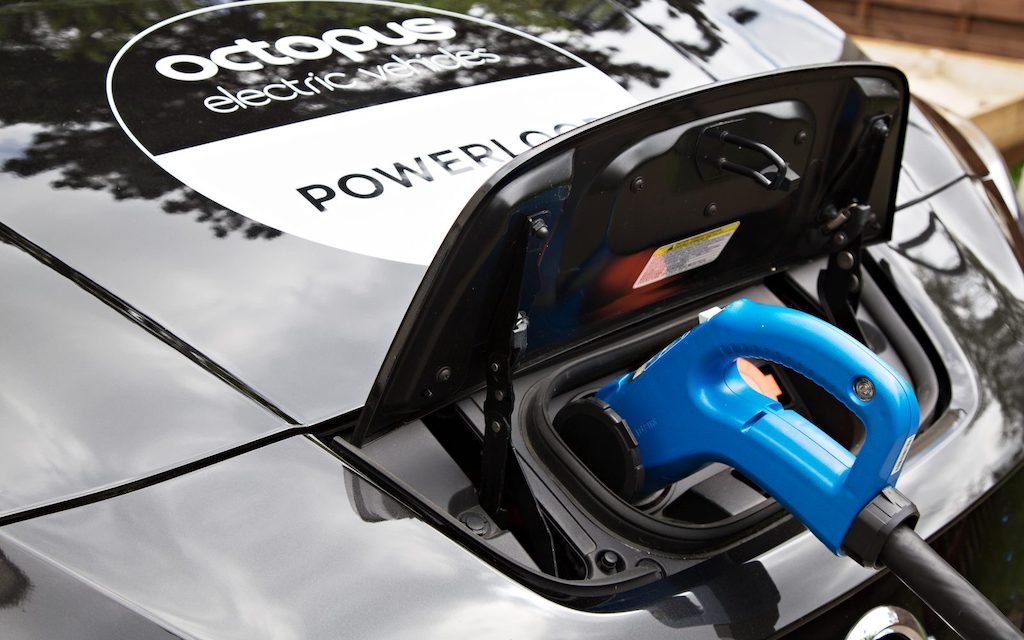Octopus and National Grid trial “line in the sand” for vehicle-to-grid tech
Renewable energy group Octopus Energy and electricity system operator (ESO) National Grid have announced the first successful integration of vehicle-to-grid technology, using a test environment of the “balancing mechanism”, the primary tool used by National Grid as the ESO responsible for balancing the nation’s electricity system in real-time.
This is the first time that vehicle-to-grid technology has been demonstrated in Britain to show that electric vehicles can receive a direct signal from the ESO to support system balancing. It marks a major turning point in electricity supply and means that in the future, consumers could play a direct role in balancing the national transmission system through their electric vehicles.
In a series of initial tests run in August 2022, Octopus charged and discharged the batteries of up to 20 electric cars from participating customers at times of grid imbalance.
These tests, says Octopus, demonstrated the potential benefit of vehicle-to-grid charging – an hour of a million EVs exporting to the grid could generate the same amount of power as 5,500 onshore wind turbines.
Separate analysis from Octopus Energy’s electric vehicles arm shows that if the trial results were extrapolated across a whole year, the EVs could “earn” an annual profit of around £62 million, while also saving non-participating customers money through grid balancing cost reductions.
Further Octopus analysis shows customers could realise a potential saving of up to £840 per year, compared to unscheduled charging on a flat rate tariff.
Several large car brands – including Hyundai and Volkswagen – have committed to include V2G technology in their new EVs, further emphasising the potential of the technology.
When a service is up and running, consumers could save cash off their energy bills as the balancing mechanism incentivises the use of their car battery as a balancing device, contributing to reduced balancing costs across the network, which will help to reduce bills for all energy consumers.
Octopus’s Kraken platform works in the background to match this customer schedule with grid signals to provide flexibility as a service and seamless charging to customers while allowing customers to benefit from “the lowest import and highest export prices thanks to Kraken’s flexibility and customer first approach”.
Claire Miller, Director of Technology and Innovation at Octopus Electric Vehicles, said “This is a real line in the sand moment for V2G tech. We have shown that this technology is capable of helping to balance our future, green grid, to the benefit of people and the planet.
“We’ve proved what is possible with the technology and cars that are currently on the market, and this is only going to grow. Soon we will have millions of electric cars sitting on driveways capable of storing and exporting green energy back to the grid when it needs it most – and once the vehicle to grid proposition is ready to be launched, these cars will help to support our renewables expansion and taking us a huge step closer to net zero.”
Jake Rigg, Corporate Affairs Director, National Grid ESO, adds, “Vehicle-to-grid technology opens the door for everyone to engage in our electricity system, in a way that we can all benefit from.
“The next steps are to take these learnings and work with industry on how we develop and deploy a balancing mechanism service for V2G. The trial findings will also influence future innovation projects, including the CrowdFlex project we are currently developing with industry, to establish additional routes for consumer engagement in electricity networks.”

